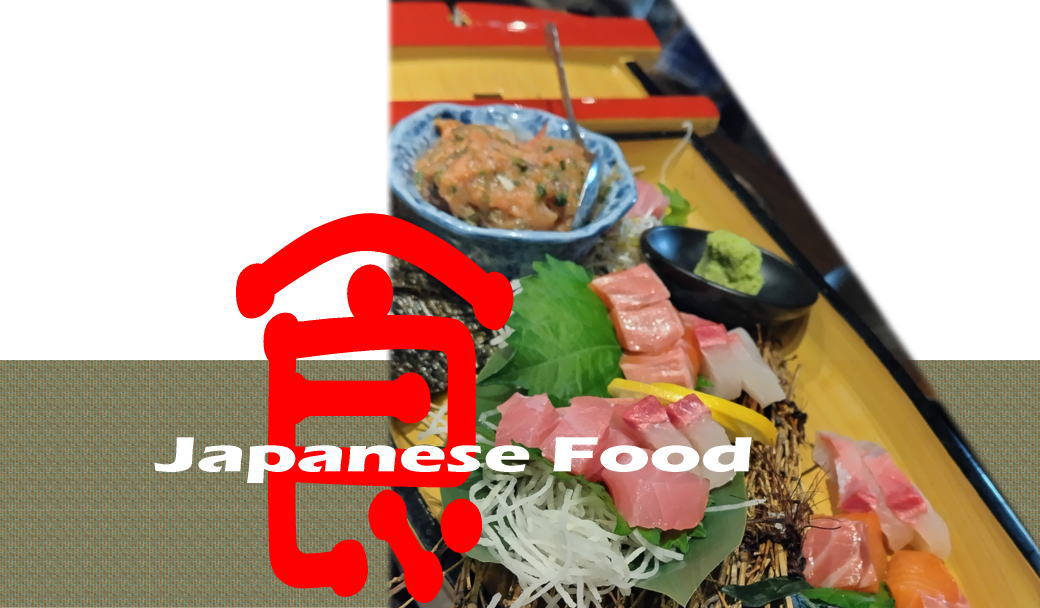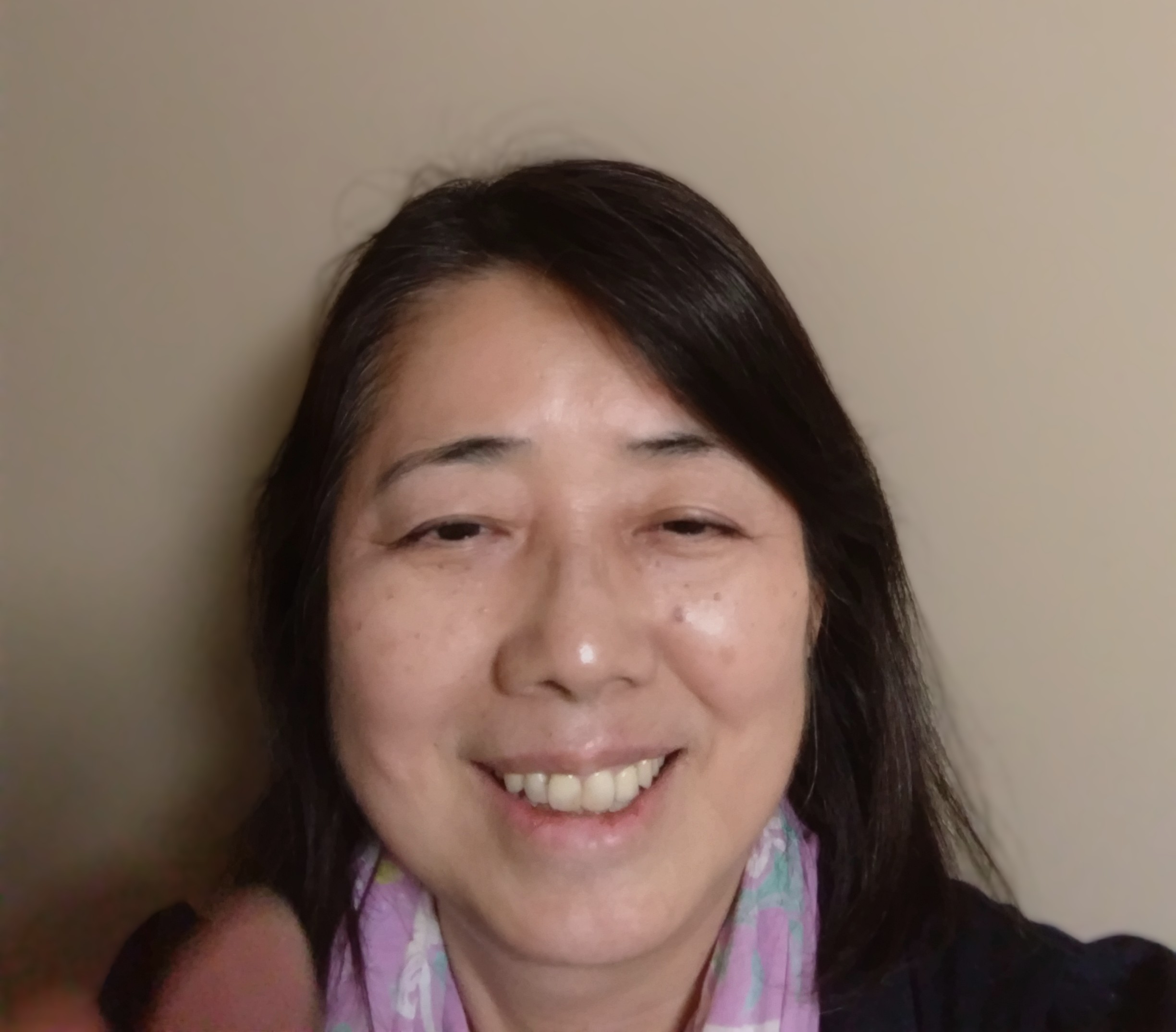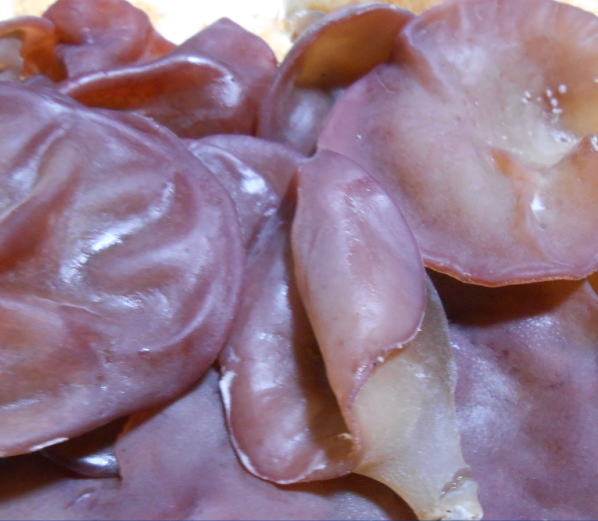|
|

|
|
|
Since April 2011. (C) Things About Japan. All rights reserved.
|
Last update September 2, 2025
Things About Japan




 Welcome to Japan! I’m Chiharu. Whether it’s by web search or simply by coincidence, if you’ve found this page, then it’s Ichi-go-ichi-e, meaning “every encounter is a destiny”. That remains true, even if you decide to leave at once or stay for a while on this site. So, let’s just cherish it!
Welcome to Japan! I’m Chiharu. Whether it’s by web search or simply by coincidence, if you’ve found this page, then it’s Ichi-go-ichi-e, meaning “every encounter is a destiny”. That remains true, even if you decide to leave at once or stay for a while on this site. So, let’s just cherish it!
|
Handy Japanese Phrase
Itadaki masu
いただきます
Close translation: “I’m happy to eat it!”
Any decent Japanese person would utter this phrase before eating a meal. Often combined with the gesture of putting palms together to show veneration and appreciation to the divine. In that sense, it may be the equivalent of saying grace, but it also entails appreciation for all those who (or what) have made that food ready to eat, and non-religious people also use it.
So when you have a meal in a Japanese restaurant, why don’t you use it before eating? That will surely put a smile on people who prepare and serve your food, and probably, someone who is sitting at a table next to yours.
The literal meaning of the phrase is “I will accept it with pleasure”, and it is also used to receive something offered (e.g., a gift).
Check other handy phrases
|
The Smallest Fireworks Show
Many fireworks event operators boast of their shows. They say theirs is the best, one of the most gorgeous, or one of the most extended durations, blah, blah, blah... But, how about someone saying about the most minor, humblest fireworks show in the world? You will bet there's no such senseless person who would go that far.
Actually, there is, and I really love it! Read more.
|
Kototaki or Harp Cascade
ことたき, 琴滝
This summer has been scorching hot in Japan. Outrageously, indeed. Read more
|
Japanese Food
Kikurage
きくらげ, 木耳
Fried Wooden Jellyfish or Jew’s Ears
First of all, let’s forget about the English name (Jew’s Ears) for a second! Because, it’s just a bad name for a food item, and doesn’t sound delicious to begin with (unless of course, you are a cannibal). Read more.
|



 Welcome to Japan! I’m Chiharu. Whether it’s by web search or simply by coincidence, if you’ve found this page, then it’s Ichi-go-ichi-e, meaning “every encounter is a destiny”. That remains true, even if you decide to leave at once or stay for a while on this site. So, let’s just cherish it!
Welcome to Japan! I’m Chiharu. Whether it’s by web search or simply by coincidence, if you’ve found this page, then it’s Ichi-go-ichi-e, meaning “every encounter is a destiny”. That remains true, even if you decide to leave at once or stay for a while on this site. So, let’s just cherish it!



